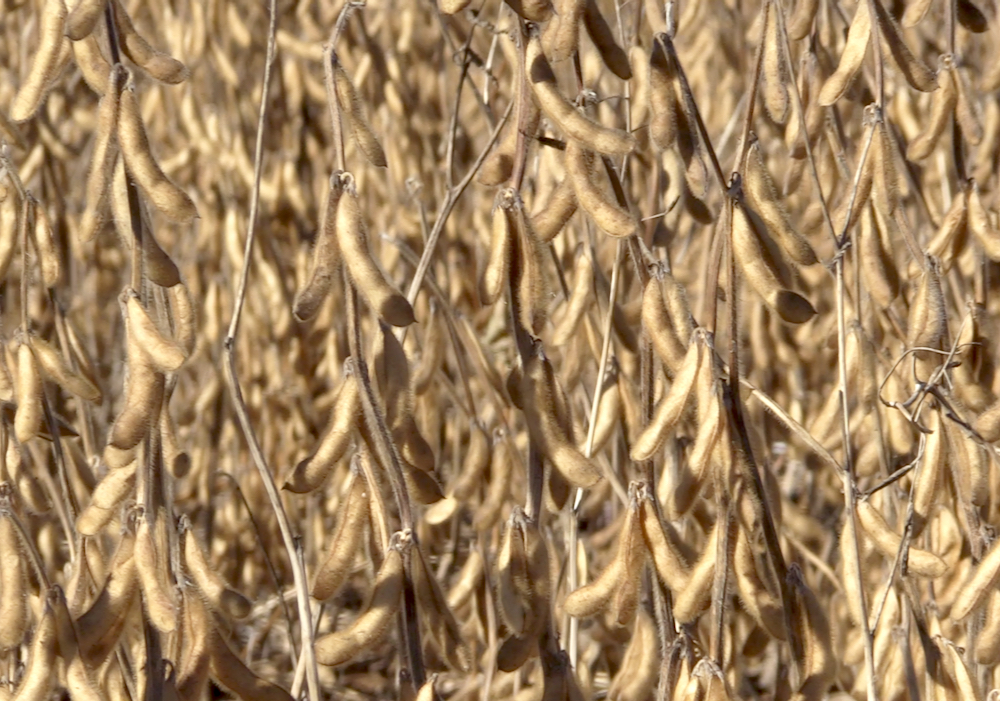Canada’s large canola crop also had a higher than average oil content, according to preliminary sample data compiled by the Canadian Grain Commission (CGC).
With 1,140 samples compiled across Manitoba (247), Saskatchewan (538) and Alberta (355) as of October 21, roughly 95.4% of the canola was grading Number 1, reported the CGC, although samples arriving later may be graded lower due to green seed or other damage. Canola grading No. 1 has a mean oil content of 45.1% (8.5% moisture basis), according to the samples, which comes in above the 10-year average of 43.9% and the previous year’s level of 43.5%.
Read Also

CBOT Weekly: Grain, oilseed futures under pressure
November soybeans lost 23 U.S. cents per bushel during the week, while corn and wheat losses ranged from five to 10 cents.
Crude protein levels for No. 1 canola averaged 19.4%, which is lower than the 2012 mean of 21.3% and below the ten-year average of 21.0%, said the CGC. The protein content on an oil free basis is 38.3%, which is lower than last year’s mean of 40.6% and the 10-year mean of 40.3% (8.5% Moisture basis).
Currently, No. 1 canola has a mean chlorophyll content of 11.7 parts per million (ppm) which is lower than the 2012 mean of 17.4 ppm and is below the ten-year average of 14.6 ppm. However there are some differences from region to region where some areas may show higher chlorophyll content than others.
Early samples are showing a lower iodine value on the year, with a mean of 111.9 units, which compares to last year’s mean of 113.3 units. The ten-year average for iodine value is 113.6 units.
Glucosinolate content for 2013 has a mean of 9.9 millimoles per gram which is similar to the ten-year average of 10.9 mmoles/g.















